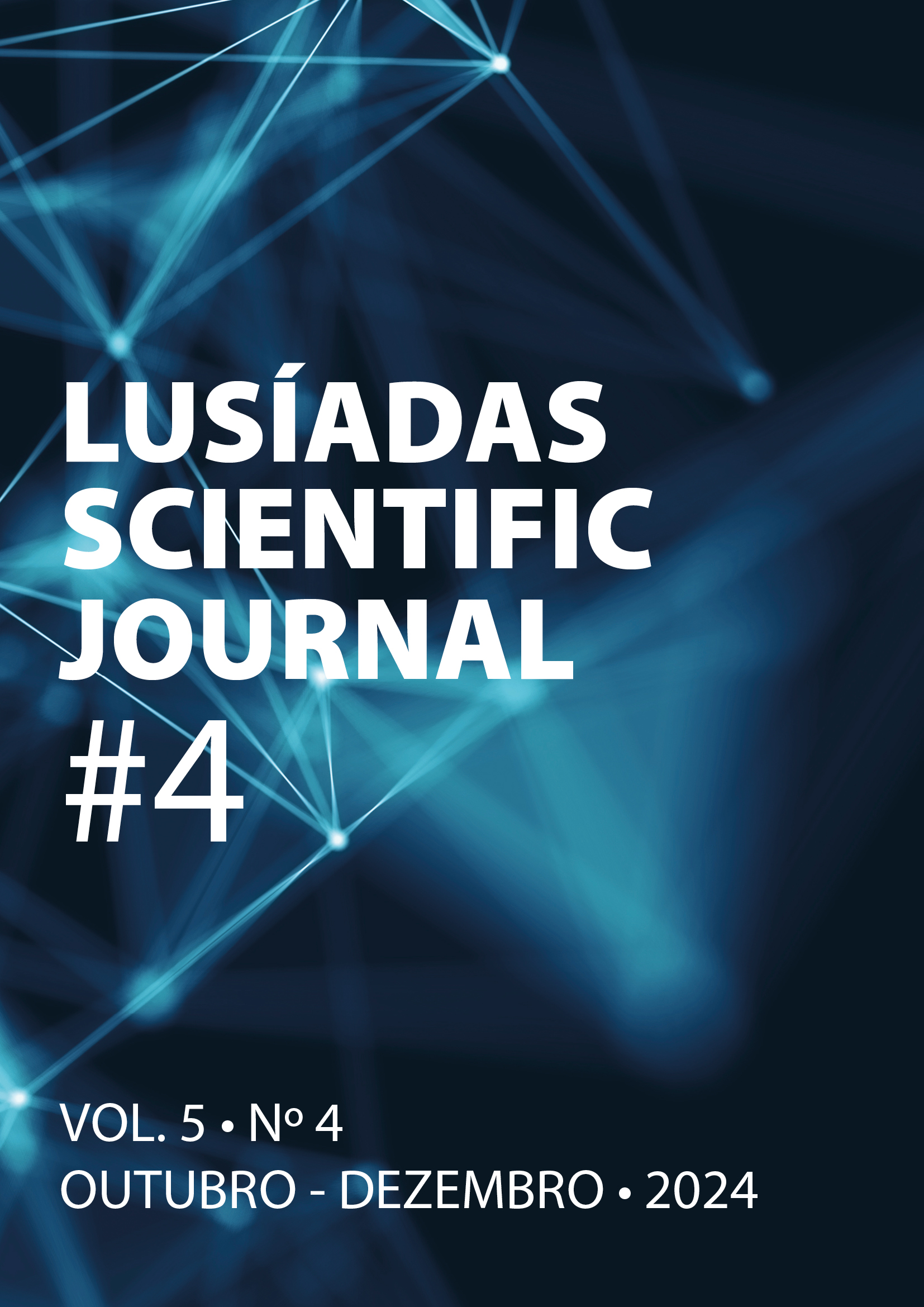Case Reports
An Adolescent with Headache: The Power of Anamnesis
Main Article Content
Abstract
Headaches are a frequent reason for medical observation in adolescents. This clinical case illustrates the importance of careful anamnesis, both semiologically and biopsychosocial.
We describe a case of a 15-year-old male, with headaches during weekend sports matches. A migraine induced by physical activity was first diagnosed, and the trigger was suspended after medical recommendation, with the resolution of symptoms.
He later showed demotivation since he stopped extracurricular sports, adding that he fasted before the matches because of performance anxiety. No episodes were registered during physical education classes and headaches relapsed during the holidays when he skipped breakfast. A migraine induced by prolonged fasting was proposed, with follow-up confirming it.
A simple diagnosis can be made upon clinical interview, deeply impacting the patient´s quality of life. Addressing the adolescent’s complaints helped unravel the diagnosis of the correct trigger factor and allowed him to return to his extracurricular activities with better management of his condition.
Article Details

This work is licensed under a Creative Commons Attribution-NonCommercial 4.0 International License.
References
Philipp J, Zeiler M, Woeber C, Wagner G, Karwautz AFK, Steiner TJ, et al. Prevalence and burden of heachache in children and adolescents in Austria - a nationwide study in a representative sample of pupils aged 10-18 years. J Headache Pain. 2019;20:101. doi: 10.1186/s10194-019-1050-8.
Blankenburg M, Schroth M, Braun S. Chronische Kopfschmerzen bei Kindern und Jugendlichen. Klin Padiatr. 2019;231:14–20. doi: 10.1055/a-0710-5014.
Oliveira Bernardo AA, Lys Medeiros F, Sampaio Rocha-Filho PA. Osmophobia and odor-triggered headaches in children and adolescents: prevalence, associated factors, and importance in the diagnosis of migraine. Headache. 2020;60:954–66. doi: 10.1111/head.13806.
Saylor D, Steiner TJ. The global burden of headache. Semin Neurol. 2018;38:182–90. doi: 10.1055/s-0038-1646946.
Headache Classification Committee of the International Headache Society. The International Classification of Headache Disorders, 3rd edition. Cephalalgia. 2018;38:1-211. doi: 10.1177/0333102417738202.
Do TP, Remmers A, Schytz HW, Schankin C, Nelson SE, Obermann M, et al. Red and orange flags for secondary headaches in clinical practice: SNNOOP10 list. Neurology. 2019;92:134-44. doi: 10.1212/WNL.0000000000006697.
Fukui PT, Gonçalves TR, Strabelli CG, Lucchino NM, Matos FC, Santos JP, et al. Trigger factors in migraine patients. Arq Neuropsiquiatr. 2008;66:494-9. doi: 10.1590/s0004-282x2008000400011.
Youssef PE, Mack KJ. Episodic and chronic migraine in children. Dev Med Child Neurol. 2020; 62:34-41. doi: 10.1111/dmcn.14338.
Green A, Kabbouche M, Kacperski J, Hershey A, O´Brien H. Managing Migraine Headaches in Children and Adolescents. Expert Rev Clin Pharmacol. 2016; 9:477-82. doi: 10.1586/17512433.2016.1135050.

